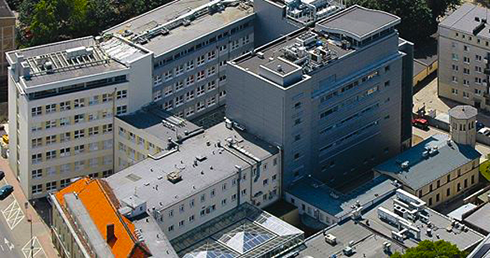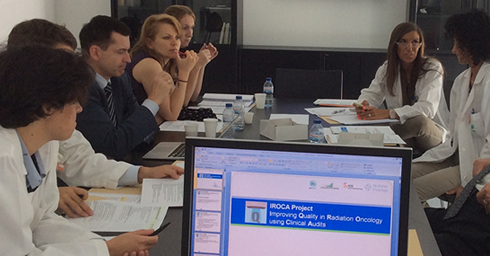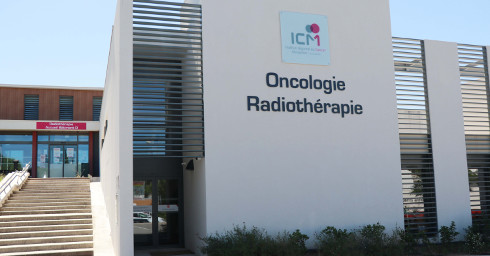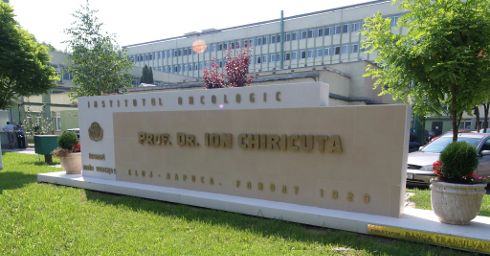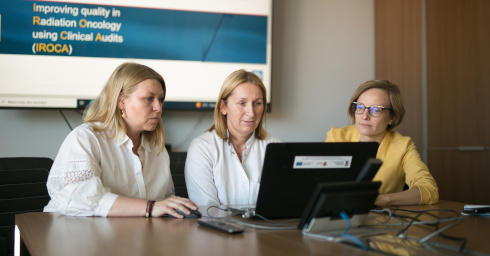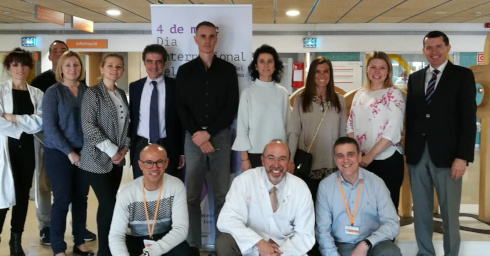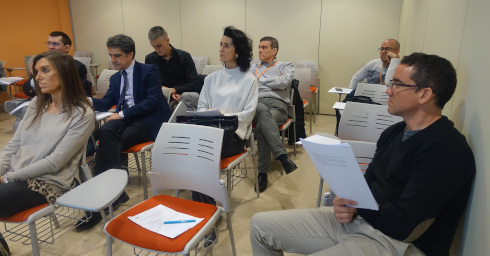Aim
Improving clinical outcomes of radiotherapy through comparison and step-by step standardisation of key elements in clinical radiotherapy practice at participating institutions.
Concept
- Identify key aspects, within the radiotherapy process, having impact on clinical outcomes, treatment efficiency and patients’ comfort.
- Determine the indicators for the identified key aspects.
- Design a clinical audit procedure to check the indicators at participating institutions.
- Main areas for audit, comparison and standardisation include:
- approach to treatment,
- treatment planning and execution,
- reporting the outcomes (results and side effects),
- patients’ comfort of treatment and healthcare provider accountability and reliability,
- efficient use of resources in participating institutions aiming to improve quality and comparability of radiotherapy.
Applied concept of clinical audits
The concept of clinical audits has been developed based on the experience gained from different types of control and checks carried out by authorised organisations and official agencies. In our project, we have followed the European Comission’s guidelines on clinical audits for medical radiological practices (diagnostic radiology, nuclear medicine and radiotherapy, contract tren/07/nucl/s07.71512 published in 2009). The auditing team consists of experts that are currently and directly involved in clinical practice. Thus, the practitioners are capable of judging whether the audited activity is performed properly from all points of view: adequately, accurately, diligently and justified scientifically.
Online Questionnaire and database
We developed an online questionnaire and database. All data are anonymised before being entered into the database.
Analysis of the results
Typical statistical methods are used in the analysis.

